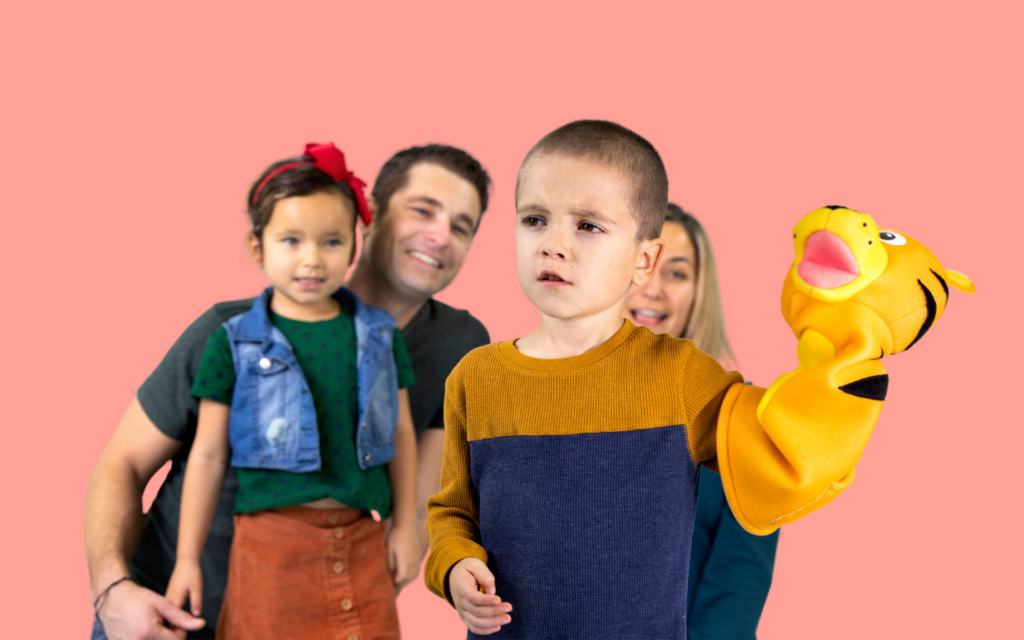Communication

The question of whether people with Autism inherently dislike interactions stems from misunderstandings about the nature of Autism itself. Autism is characterized by challenges in communication and social interaction, which has led to the misconception that individuals with Autism prefer isolation or have no desire for social engagement. However, this assumption fails to capture the full picture.
Research and personal accounts from individuals with Autism have consistently shown that the desire for social connections and friendships is as strong among those with Autism as it is in the neurotypical population. The crux of the issue is not a lack of interest in socializing but rather the need for supportive strategies and accommodations that acknowledge and respect the unique ways in which people with Autism communicate and connect.
It’s important to dispel the myth that Autism equates to a dislike of interactions. Instead, we should recognize that while the approach to socialization may differ, the fundamental human need for connection and community is universal, including among individuals with Autism. This understanding encourages a more inclusive and supportive environment that values diverse forms of communication and interaction.
Sensory Processing Communication Support for Kids
Individuals with Autism may experience Sensory Processing Disorder (SPD, formerly known as Sensory Integration Dysfunction), where sensory signals aren’t properly organized. Due to challenges in communication, some may struggle to convey their sensory experiences, leading to frustration.
Here are strategies to assist your child in expressing their discomfort and emotions, as you demonstrate understanding and empathy.
Identifying the Cause of Discomfort
Hypersensitive children might react strongly to things like the feel of clothing tags or loud sounds. Their difficulty in filtering or managing sensory input can lead to overwhelm, shutdowns, tantrums, anxiety, or depression. While the trigger for their sensory discomfort may seem apparent, it’s important to encourage them to articulate their feelings using precise and detailed language.


Encouraging Detailed Descriptions
Simple expressions such as “I don’t like it,” “Yucky,” or “Ew,” provide limited insight into the specific sensory attributes that are bothersome. Encouraging the use of detailed language can more accurately pinpoint the sensory challenges they face. You can set an example by using nuanced descriptors that are often neglected or not considered:
- Touch/feel: slimy, sticky, pasty, prickly, greasy, rubbery
- Taste: flaky, fatty, tough, fresh, foamy, spicy
- Sight: glossy, crooked, straight, crowded, curved, flickering
- Smell: bitter, rotten, salty, sour, sweet, tart
- Movement: dizzy, squirmy, crawly, creepy, scrub, spray
Sound: bang, boom, buzz, chirp, chug, click
Feelings: afraid, anxious, dizzy, fearful, frightened, frustrated, annoyed, interested, curious
Guidance for Children with Advanced Language Skills
A wider vocabulary enables a deeper understanding of your child’s sensory likes and dislikes. Introduce concepts of intensity, frequency, and scale to better assess what levels of sensory input they find comfortable.


Guidance for Children with Limited Language Skills
For children with more restricted verbal skills, explore other methods to discern their sensory preferences and aversions. Remember, your child’s likes and dislikes may differ significantly from the general population.
Empowerment is Within Reach
Dealing with Hypersensitive Sensory Processing Disorder can be challenging for your child. Encouraging the use of detailed language not only helps them articulate and understand their sensory experiences for personal development and safety but also strengthens their connection through empathy, support, and exploring alternatives.

Connect to support the Autism Society of Chicago
